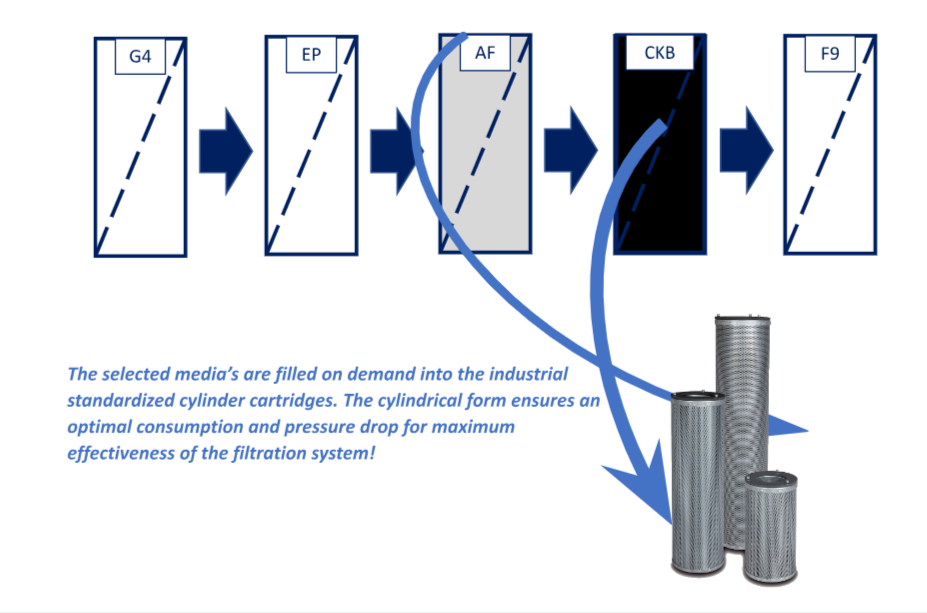Museums and Archives
Preventive conservation
Valuable documents and pieces of art are being kept in archives and museums. These artifacts require a very high level of air quality, because these can degrade by presence of light, moisture, fungi and sour gasses. Often it is even required by law from the local authorities to implement certain types of filtration in museum and archive buildings.
What are the top 4 damages in archives and museums? In the table on the left side, the most common symptoms of artifact degradation are presented. Three of the four main symptoms can be prevented or slowed down by methods of air purification. This is because dust, fungal pollution and gaseous pollution are the main causes for this degradation. By means of a high quality filtration system the mentioned forms of pollution can be removed.
How to detect the problem?
The presence of sour gaseous contaminations are one of the main causes for degradation of the artifacts. The presence of these corrosive gasses can be detected easily by execution of a “Coupon Test”. These can be used to check the air quality in the current situation, and afterwards to determine the effectiveness of the HVAC system. Also for existing systems a coupon test can be executed. The test makes use of a copper and silver test strip. These are placed for at least 30 days. The levels of corrosion are determined and an official report is put together according to standards that are used in preventive conservation.
What is the solution?
The solution for these problems is not a fixed one, when we look at the adsorption side of the system. When designing an HVAC filtration system for Museums and Archives, the system ideally consists out of five stages. These stages are visualised in the figure at the bottom of the page. The first two stages are the prefiltration stages, and consist out of two types of particle filters. First a G4 particle filter, followed by an EP particle filter. This prefiltration is important to make sure that the carbon is not being covered by all kinds of particles. These prevent the gas molecules from being attached to the surface of the activated carbon. The EP filter will also remove spores and fungi from the air stream.
The following two stages consist out of filters filled with selected types of adsorption media. In this basic design a stage of Acid- Free impregnated carbon and a stage of Purple 8% chemical media mixed with general 3 mm activated carbon are incorporated. Acid-Free is highly effective against SO2 and other acidic contaminants. Purple 8% is not an activated carbon, but these are impregnated activated aluminium oxide pellets. These are, just like activated carbon, highly porous and highly effective in removal of gaseous contaminations. The blended mixture between this purple media and general 3 mm activated carbon operates as a polishing filter, to remove all of the remaining gasses which were not removed by the Acid-Free impregnated carbon. Finally an F9 filter makes sure that no remaining dust is entering the airstream of the HVAC system.

